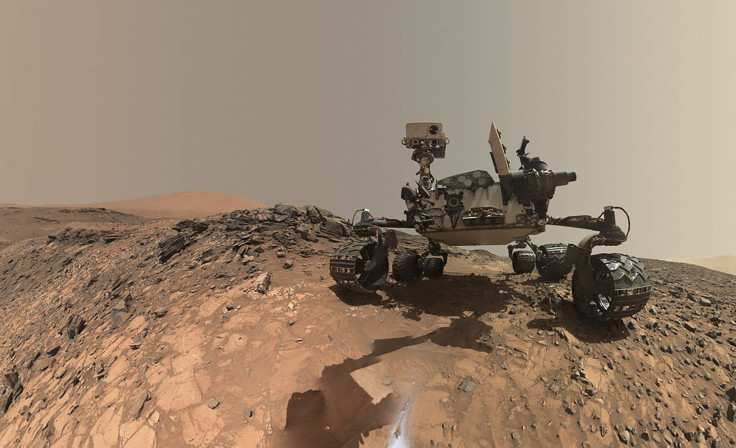NASA announces three-phase plan to land astronauts on the red planet

American space organisation NASA has taken a serious pledge to land people on the red planet in the near future. The organisation has laid down the framework for the development of technology that would enable astronauts to live on Mars.
In its new plan titled “ NASA’s Journey to Mars: Pioneering Next Steps in Space Exploration, ” NASA has provided a detailed explanation of the challenges for humans before they can establish themselves on Mars. However, the organisation defines those challenges as “solvable.”
The United States is “closer to sending American astronauts to Mars than at any point in our history,” said NASA administrator Charles Bolden, in a statement.
The Wall Street Journal reports that NASA's new plan foresees the application of the reusable supplies to sustain crew on the planet and also talks about the long-term dormancy of the modular spacecraft, which could potentially be used during the mission to Mars.
In addition, the 36-page report also envisions the use of mobile fuel depots or mineral-based propulsion sources extracted from planets or asteroids in the solar system. The report has been released ahead of the scheduled talk with the Congress about the space exploration budget and next week's space industry international meeting in Jerusalem.
It also explains that the astronauts who travel to Mars will be at an elevated risk of developing cancer and bone loss since they would spend three years in deep space, which is high in radiation.
The detailed plan is divided into three parts or phases. The first phase involves testing human health and behaviour in space and feasibility of life support system, like growing food and recycling water. The first phase is already under trial with experiments aboard the International Space Station.
The second phase, dubbed “Proving Ground,” is scheduled to begin in 2018 with the launch of a new deep space capsule Orion and one of its most powerful rockets, the Space Launch System.
The third phase would involve living on the red planet's surface. The phase would mark transit of spaceships that would support human life for years to come and “harvest of Martian resources to create fuel, water, oxygen, and building materials.”
As of now, NASA has not revealed a date when it plans to send its astronauts on Mars. However, according to Discovery News the report mentions “human missions to Mars vicinity in 2030+.”
Contact the writer at feedback@ibtimes.com.au, or let us know what you think below.





















